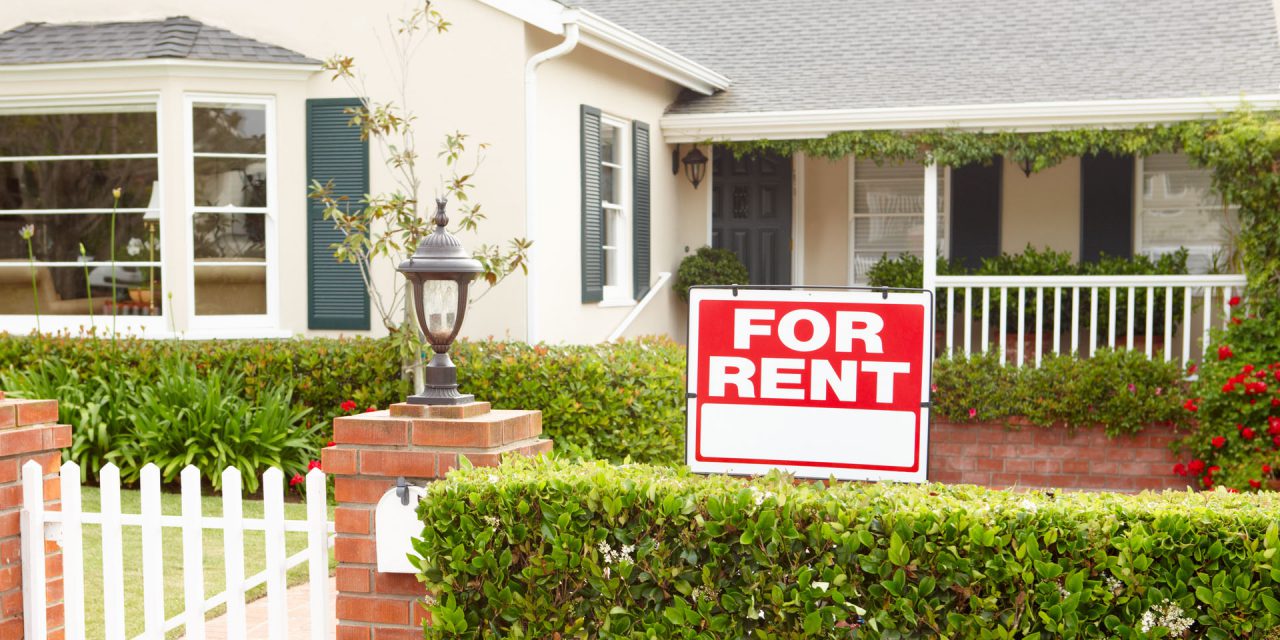Nationwide, home inventory for sale decreased 12% between 2016 and 2017. In California, homes for sale have become even more scarce, with 2017 inventory averaging 17% below 2016, according to Zillow. Part of the problem stems from previously owner-occupied homes being converted to rentals.
Across the U.S., 5.4 million single family residences (SFRs) changed from owner-occupied residences to rentals from 2006 to 2017, according to a Zillow analysis. This translates to 19% of SFRs being rented nationwide in 2017, up from just 13% in 2006.
As a result, Zillow estimates the amount of home inventory listed is 5% less each year. Having just finished a year which saw inventory at historic lows, every decrease in the number of homes available for sale makes today’s dire inventory situation worse.
The makeup of SFR rentals
Across the U.S., more SFR rentals have sprung up in the low tier. The share of SFR rentals that were in the bottom third of home values increased from 38.3% in 2006-2012 to 39% in 2012-2017.
However, as is usually the case, the story is different in California.
Here, more SFR rentals are in the high tier. The share of SFR rentals in the top third of home values has increased across all of California’s major metro areas. High-tier SFR rentals make up just under 27% of the market share in the U.S. Here in California, the share of high-tier SFR rentals in 2017 was:
- 41.2% in San Jose;
- 36.8% in San Diego;
- 35.8% in Los Angeles;
- 33.4% in San Francisco;
- 32.8% in Riverside; and
- 26.2% in Sacramento.
What makes California different from the rest of the U.S. and causes more SFR rentals to be found in the high tier?
For an answer, look at the few other U.S. metros on the list of above average SFR rentals in the high tier. For instance, Boston, Seattle and Washington, D.C. all share this top-heavy SFR rental characteristic in common with California. And, like California’s metro areas, these cities all have a supply and demand imbalance.
Zoning to blame
SFR investors have been pushed into a corner in California’s busiest markets. Home prices have increased so rapidly in California — along with other busy markets like Boston, Seattle and Washington, D.C. where demand also outpaces available homes — that investors have lost sight of investment fundamentals. That is, annual yield has become less important for these investors than short-term profit.
As evidence, California has the lowest capitalization (cap) rates for SFRs in the nation. In other words, investors of SFR rentals are increasingly settling for less annual return on investment.
Investors concerned with making quick profits naturally gravitate towards the high tier which sees greater price increases from year to year. It is also where more SFRs are available in desirable areas. These desirable areas lack sufficient options for low- and moderate-income households. Zoning in these desirable areas is catered toward the SFR owners already in place, who are too often vocal not in my backyard (NIMBY) advocates.
This brings us back to the historic inventory shortage that plagued California’s housing market in 2017.
Zoning needs to be loosened to allow for higher density units – more multi-family buildings – in California’s coastal cities. Some steps were taken in 2017, including the affordable housing package of bills in the fall. But there is more work to be done. Until then, expect to see low SFR cap rates to continue, indicative of an unstable housing market, and for more SFR units to be held off the market, in the hands of investors.















While the article looks at home ownership rates of 2006 versus 2017, another article by your staff is talking about “lender interest vs. homeowner interest” compared to regulatory (or deregulatory) skewing of the market. Please remember that for a few years prior 2006 banks were making many subprime loans and so that rate of homeownership may be an unrealistic expectation, as many of the owners lacked the equity or finances to legitimately qualify for a loan.
A better analysis of homeownership rates would entail reducing the homeowner percentage by a large percentage of the sub-prime market loans made, giving you a closer estimate of what the true homeowner percentage should be. Or, at least compare it to percentage of homeownership throughout the years.
Very well written information. Very good with the details.
Sincerely,
Robert Ward
Carrie B. Reyes wrote an excellent article on CA SFR Rental Properties. Very well done and very informative. Thanks! Sincerely, Michael O’Connor